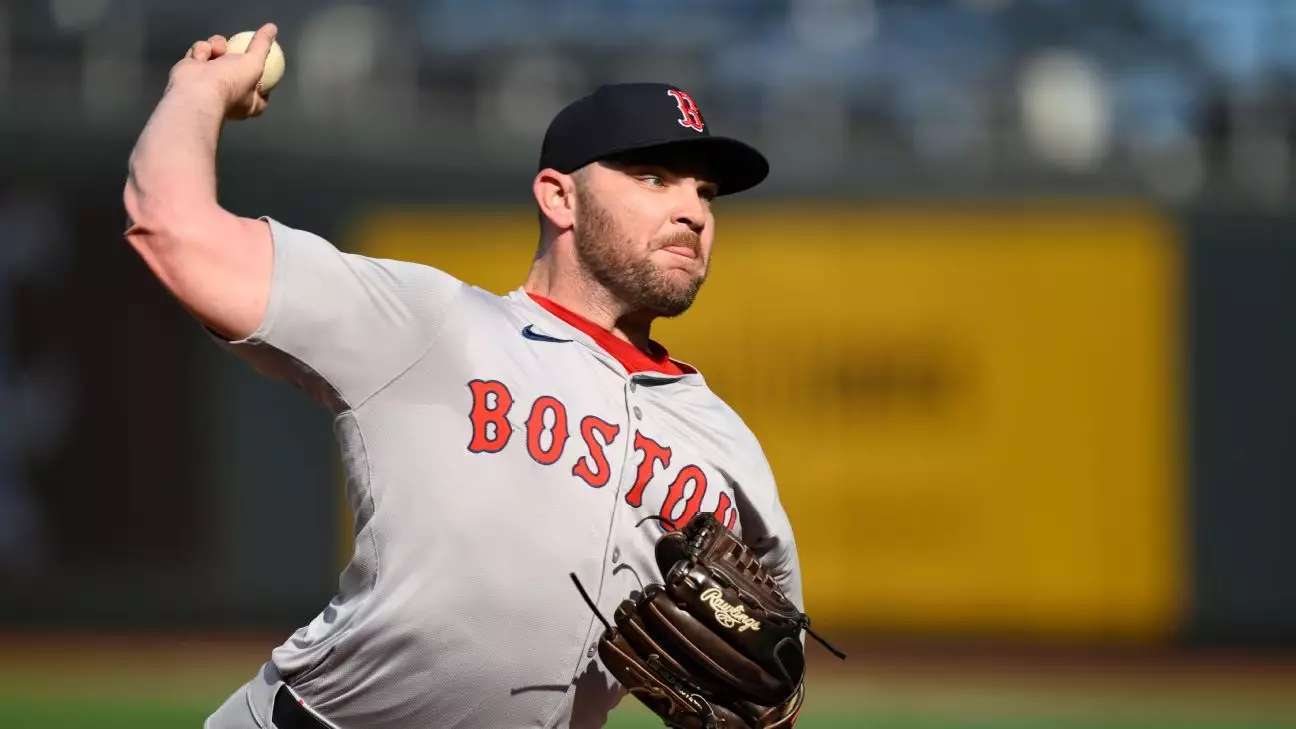In the realm of professional sports, athletes are often placed on a pedestal, celebrated for their abilities and achievements. However, with this exaltation comes an equally disheartening aspect: the toxic scrutiny that manifests through social media. Just recently, Boston Red Sox reliever Liam Hendriks shared his emotional turmoil after receiving death threats against himself and his family. This distressing incident transcends mere bad sportsmanship; it reflects a troubling societal issue where anonymity and digital platforms allow for unchecked hostility toward public figures.
The impact of social media on athlete welfare presents a dual-edged sword. On one hand, platforms like Twitter and Instagram allow fans to connect with their favorite players, elevating interactions and fostering community. On the other hand, the same anonymity that enables affectionate messaging also permits wave after wave of vitriol. Alex Cora, the Red Sox manager, voiced his empathy for Hendriks’ plight with poignant observations about the impact of digital aggression. His acknowledgment that “sometimes it comes from real people” illuminates a crucial point: these messages possess a human element that makes them all the more unsettling. For countless players, online threats and insults have become an unfortunate byproduct of their fame.
Behind the Glitz: The Human Cost of Fame
Athletes like Hendriks endure immense pressure, not only to perform but to navigate the tumultuous waters of public perception. For Hendriks, who has faced life-altering challenges such as cancer treatment and an elbow injury, the barrage of negative comments after the Red Sox suffered a loss to the New York Mets is particularly disheartening. The fact that he opened up about these threats signals a need for solidarity within the sport, but it also raises questions about mental health in athletics.
Cora’s insight that athletes must be protected from such toxicity echoes a growing discourse about the need for mental health resources in professional sports. The pervasive culture of expectation can prove devastating, especially when compounded with the cruelty witnessed online. Hendriks’s candor about wanting the threats to stop provides a universal message that transcends baseball: players deserve to feel safe, respected, and valued for their humanity, not just their performance on the field.
A Dangerous New Landscape: Sports and Online Gambling
The dialogue surrounding fan anger is further complicated by the emerging trend of legalized sports gambling. This shift alters the stakes in games, giving fans a direct financial interest in athletes’ performances. In Cora’s words, the “dangerous path” that emerges from this scenario creates intense pressure on players, who are not just seen as athletes but as financial instruments in the eyes of many fans. A misjudged pitch or a poor play transforms into potential financial losses for avid bettors, magnifying the levels of frustration they direct toward athletes.
This convergence of financial interest and the instant communication afforded by social media positions athletes as targets of not only disappointment but also wrath. The fallout can be dire, with incidents like Hendriks’s becoming alarmingly common. For every fan who supports an athlete, there seem to be others who are quick to hurl abuse when outcomes don’t align with their expectations. The consequence of this culture is a toxic atmosphere that extends beyond the playing field, leading fans to lash out in ways that pose emotional and psychological harm to players.
Navigating the Minefield of Public Perception
Cora’s reflection on how social media has impacted his family offers a sobering insight into the risks of heightened visibility. As someone who faced backlash for his past involvement in a significant cheating scandal, there’s a palpable understanding of how the lens of public scrutiny can distort reality. Cora expressed a desire to protect his family from the unwanted attention brought on by his professional life, revealing the pervasive anxiety athletes often harbor about their loved ones’ safety.
Ultimately, players like Hendriks and Cora serve as representatives of a larger struggle. They underscore the necessity of fostering a sports culture that prioritizes player wellbeing over entertainment value. The curtain of public fame should not be synonymous with a loss of basic respect and safety. In an age where athletes are expected to remain resilient amidst scrutiny, perhaps the greater challenge lies in society learning to temper its judgment and remember that these athletes are individuals first—fallible and deserving of empathy.


Leave a Reply